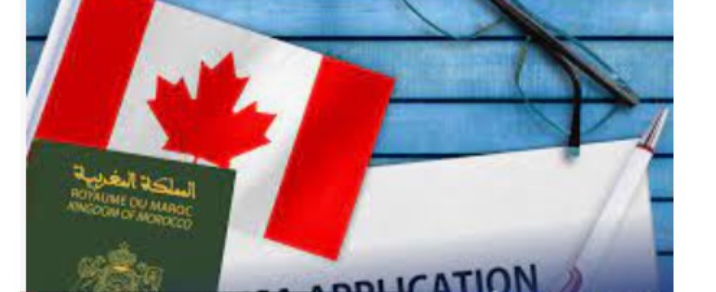Canada has introduced new guidelines for tourist visas, signaling the end of its previous practice of routinely issuing 10-year multiple-entry visas to eligible visitors.
Under the revised rules by Immigration, Refugees, and Citizenship Canada (IRCC), immigration officers now have greater discretion to determine both the type and duration of visas based on individual assessments, moving away from automatic long-term validity as a standard approach.Previously, Canada offered two primary types of tourist visas: the multiple-entry visa and the single-entry visa.
While the multiple-entry visa was the standard for most applicants, allowing travelers to enter Canada repeatedly for up to 10 years or until one month before their passport expired, single-entry visas were reserved for specific cases such as official government visits or single-event participation.
Now, IRCC guidance no longer considers the 10-year multiple-entry visa as a default option, allowing officers to choose the appropriate visa type and validity period according to each traveler’s circumstances.
“Guidance has been updated to indicate that multiple-entry visas issued to maximum validity are no longer considered to be the standard document,” explained the IRCC. “Officers may exercise their judgement in deciding whether to issue a single or multiple-entry visa and in determining the validity period.
“The IRCC clarified that the change is part of a broader strategy aimed at managing Canada’s temporary immigration numbers more effectively while addressing ongoing infrastructure and economic challenges, such as rising housing costs and limited housing availability.
The new visa guidelines reflect a wider effort by the Canadian government to adapt immigration policy to balance infrastructure capabilities with immigration levels.
With recent increases in immigration contributing to housing shortages and elevated living costs, the government is seeking to limit pressures on resources by adjusting both temporary and permanent immigration flows.In line with this shift, the IRCC has also announced reductions to Canada’s permanent resident admissions targets.
The target, which was previously set to reach 500,000 by 2025, will now be lowered to 395,000, with further reductions planned for 2026 and 2027.
These changes underscore the Canadian government’s goal of aligning immigration with sustainable economic and infrastructure development.
While the visa application fee remains CAD 100 per person, the change in policy could lead to increased costs for frequent travelers, who may now need to renew their visas more often due to potentially shorter validity periods.
Although applicants will still have the option to apply for multiple-entry visas, the new guidelines mean that each application will be evaluated individually, with officers making decisions based on specific travel needs, applicant history, and purpose of the visit.
By tailoring visa durations to the traveler, Canada hopes to more effectively manage visitor numbers while ensuring its resources are able to accommodate both residents and visitors.
This policy update highlights Canada’s commitment to a balanced immigration approach that considers the country’s current infrastructure challenges while still welcoming tourists, students, and temporary workers.
As the IRCC continues to refine its immigration policies, travelers are encouraged to review the latest guidelines and understand that their visa validity and type may vary based on this new case-by-case assessment approach.

